These Otherworldly “Earthships” Offer Visitors Unusual, Off-the-Grid Accommodations
Spend the night in an art house built from garbage
They don’t look real. That is, if you see them at all. From the south, you’ll see flashes of light glinting off windows and some retro-futuristic shapes but, when approaching from the north, the structures disappear into the mounded earth from which they’re made, leaving only a small windmill or tower to mark their existence. They are earthships; a uniquely American architectural creation that manages to simultaneously assimilate from the past while looking to the future. They’re in a unique community on the high desert plain of Tres Piedras, about thirty minutes from Taos, New Mexico; isolated but with an influence being felt world-wide.
Earthships began 46 years ago as the vision of architect Michael Reynolds. A graduate of the University of Cincinnati, he quickly turned from traditional architecture by proposing the then-radical inclusion of bioecological features into his designs. He ran into further trouble when he built a house, incorporating garbage into the building materials – in the pre-recycling days of 1971.
Reynolds, who maintains that “there was no ‘garbage’ until modern man,” bucked the restrictive ideology of his colleagues by wiring soft drink and beer cans together to form bricks, and used them to construct his home. The project became such big news that the Continental Can Company flew him to their Chicago head-quarters to propose underwriting his work. The meeting was followed by months of waiting. And then, another face-to-face in the corporate boardroom, where the project was scrapped. According to Reynolds’ 2008 book Journey, he was told that “lawyers advised them against (proceeding) as there were no ‘can layers’ unions,” and they had realized that their product was not really manufactured to be building material.
The first of many thinking-inside-the-box setbacks did not deter Reynolds, who found his experimental, physical and spiritual base in Northern New Mexico, where he began creating buildings that combined recycling (a term he “hates ...along with the words sustainable, green and organic. What I do is just logical”) with a hybrid of proven ancient techniques and modern materials he’s collectively called Biotecture (“biology, architecture and physics”).
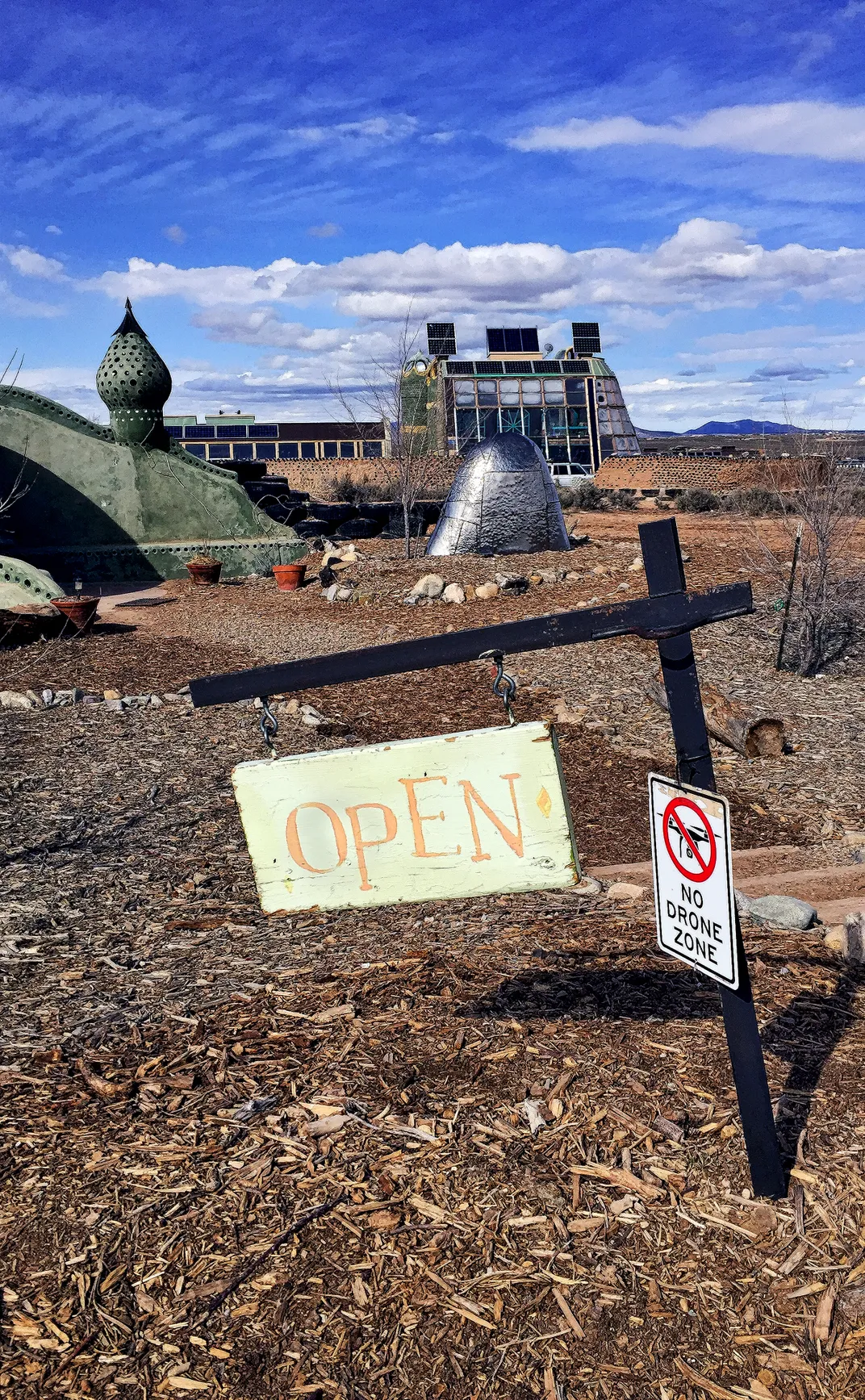
Reynolds’ self-sufficient living spaces are defined by six principles which either seek to provide for the inhabitants or deal with a problem area: shelter, power, water, sewage, food and garbage. He proudly boasts, “No lines come into or leave the house.” Earthships generate their own electricity, catch rainwater and recirculate it four times, and maintain a steady temperature year-round because of their unique construction. Food can even be grown inside the residences. These goals, and Reynolds’ attempts to experiment and achieve them, dragged him into prolonged battles with state and federal authorities, the architecture industry, and even some of the people who’ve built or bought earthship homes. He persevered through these difficulties and has become an internationally respected green-consciousness hero.
Living "Aboard" an Earthship
It had snowed in Taos. The temperature hovered at freezing––lower when factoring in the considerable wind chill. Yet, inside Picuris, the most recent construction available for rentals, it was a steady 71 degrees. A comfortable level of humidity was maintained by interior planters, irrigated by recirculating water, and filled with colorful ornamentals, hearty tomato vines and even a fruit-bearing banana palm. All the water was filtered through a cleverly engineered system of plants, gravel and commercial filters. Despite one side of the dwelling being embedded in a mound of dirt-packed tires, bottles, cans, adobe and cement, the interior space was light and airy. The residence was, in every observable way, normal– with a combination living/dining room and kitchen, two bedrooms and two bathrooms. There was a garage and a service area with a washer and dryer. Exceptions to a standard-type floor plan were airlock entry points, to insure the interior air quality and temperature, and an inside greenhouse than runs the length of the south-facing side of the building.
Judy Sutton has been a resident of the Greater World Earthship Community, as the 640-acre site is called, since building her retirement home there in 2010. During construction “I pretty much had workmen here for six months,” she says, “So there was easy access to all the answers to my building questions.” Having completed a career in government service, Sutton planned how she wanted to live the rest of her life and decided she didn’t need to be beholden to either utility companies or diminishing natural resources. “I wanted a self-sufficient house.” Her biggest expense is propane, used for cooking and to heat her hot tub. “It’s about $200,” she smiles, coyly adding, “annually.”
Dianne Eriksson, GWE Community neighbor and builder of her own earthship, also “loves the whole concept of living off the grid.” Her motivation for moving to this relatively remote location was to get away from the city with its noise, pollution and crime. She participated in every stage of construction, and even in designing ceilings which look like wood but are made of painted, folded cardboard. “Now,” she beams, “My house is spectacular. I feel wrapped in warmth.”
Neither she nor Sutton grows their own food. “I’m going to let farmers be farmers,” Eriksson states flatly and firmly.
Reynolds had been sued by some early adaptors of his experimental designs and, because they’re water, power and sewer self-sufficient, earthships don’t conform to standardized building codes. For such reasons, the structures are now built only by Reynolds’ company.
He has received international acclaim, worked for celebrity clients (such as actors Dennis Weaver and Keith Carradine), been profiled in the 2007 documentary “Garbage Warrior" and even been invited to address his one-time adversary: the American Institute of Architects.
Today, earthships are everywhere. There are three dedicated compounds in northern New Mexico (GWEC, R.E.A.C.H. and Star), and Biotecture structures, as they're also know, in all 50 states. Reynolds has designed, built or influenced buildings in nearly a dozen countries: addressing issues from drought to tsunamis, infrastructure to poverty. He has even drawn up plans for an earthship island and experimental construction atop buildings in New York City, to show that such self-sustaining structures can be exist anywhere. Reynolds’ Earthship Biotecture Academy hosts, teaches and trains students from all over the world and, and, at age 71, the indefatigable Reynolds continues to embark on new projects and the loftiest of goals. He says, “I’d like to make it (our planet) so that every man, woman and child would have access to food, shelter and water. Living should not be stressful.”
And if that's a vision you'd like to live by (even if only for vacation), several earthships are available to be rented for overnight stays.
/https://tf-cmsv2-smithsonianmag-media.s3.amazonaws.com/accounts/headshot/Paul_Ross.jpeg)
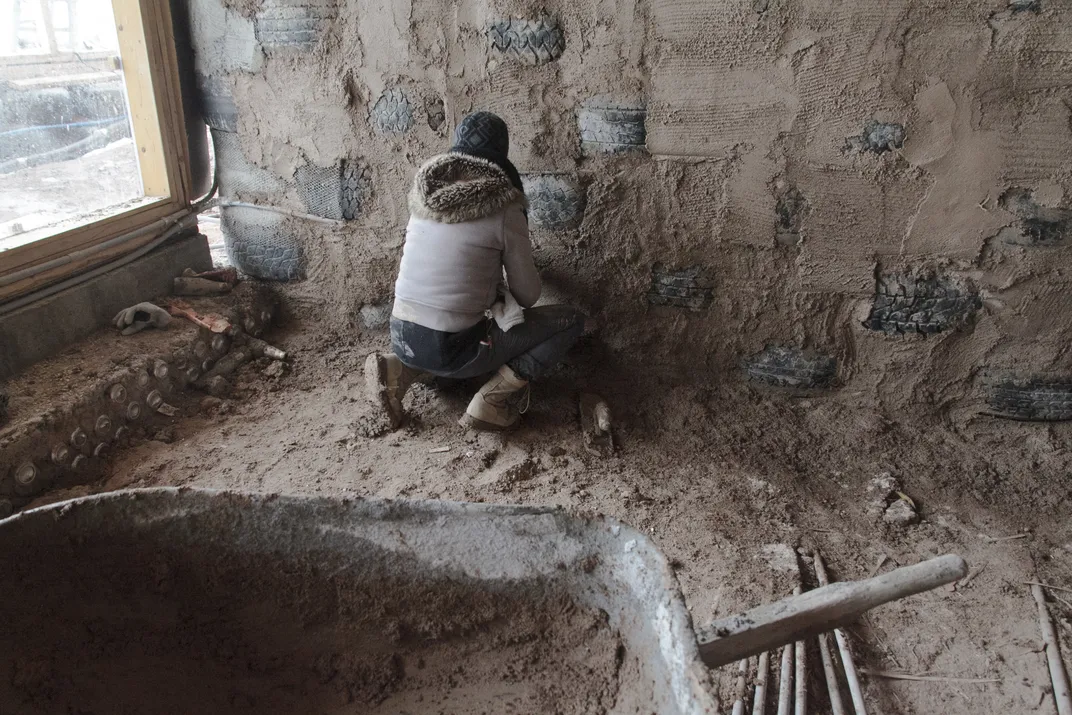
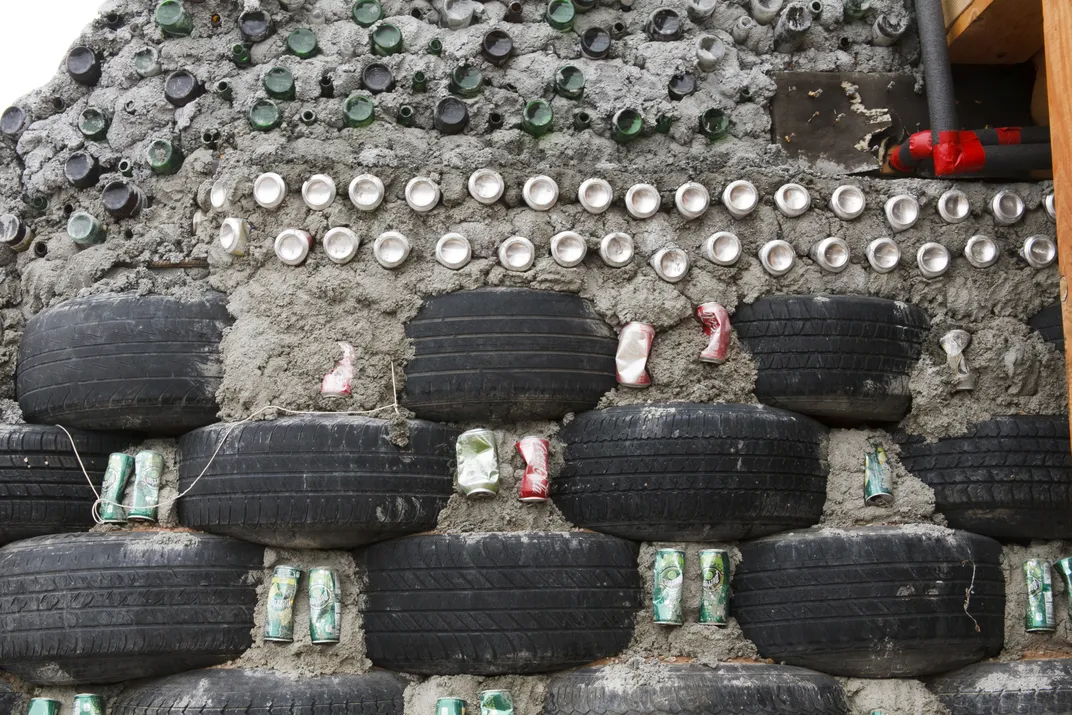
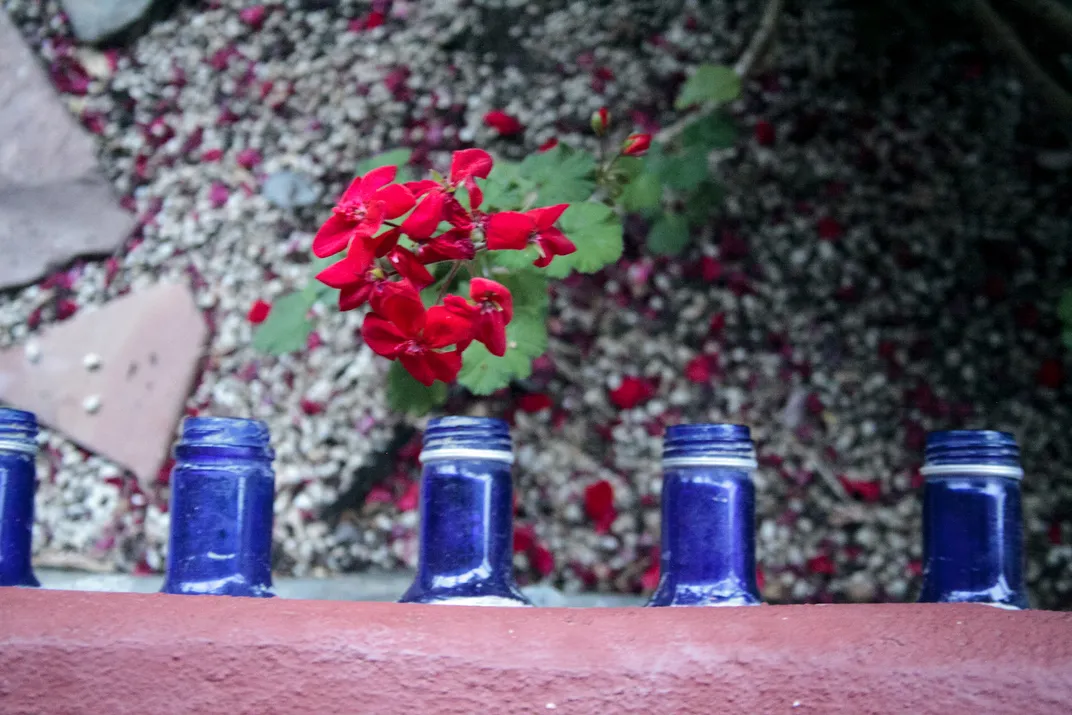
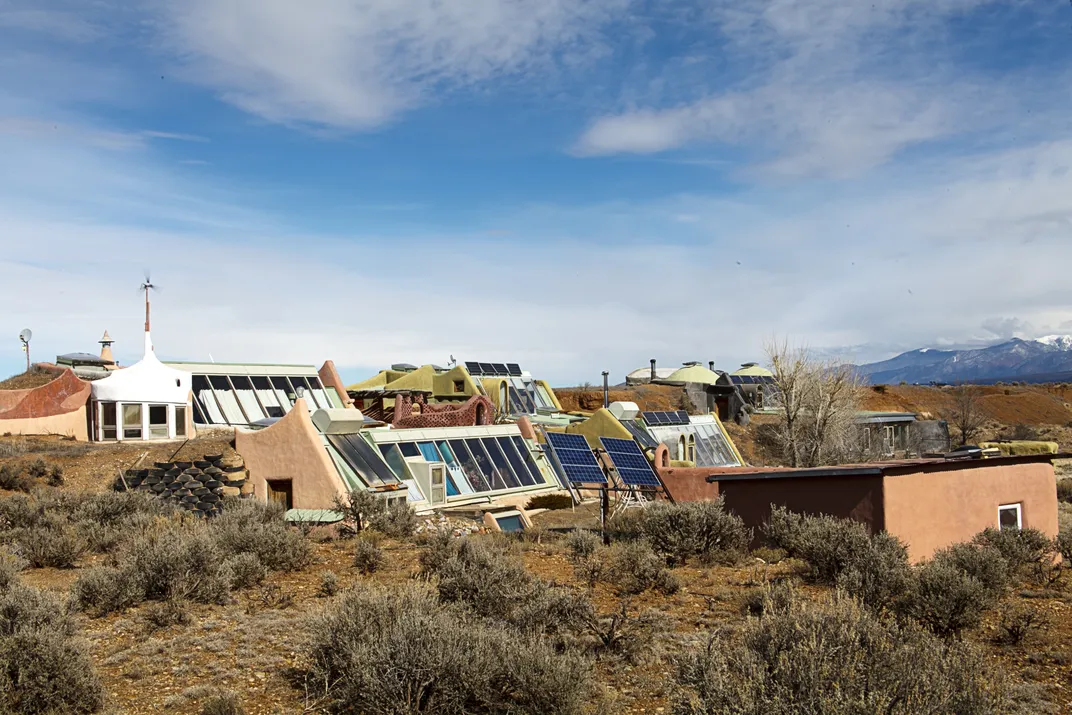
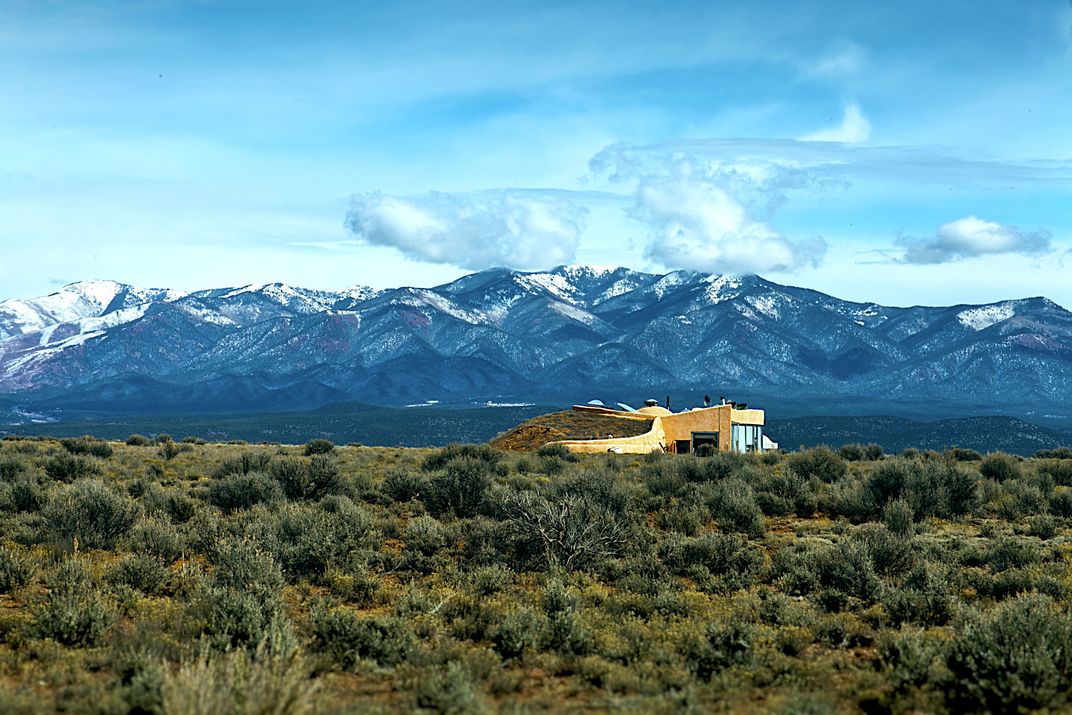
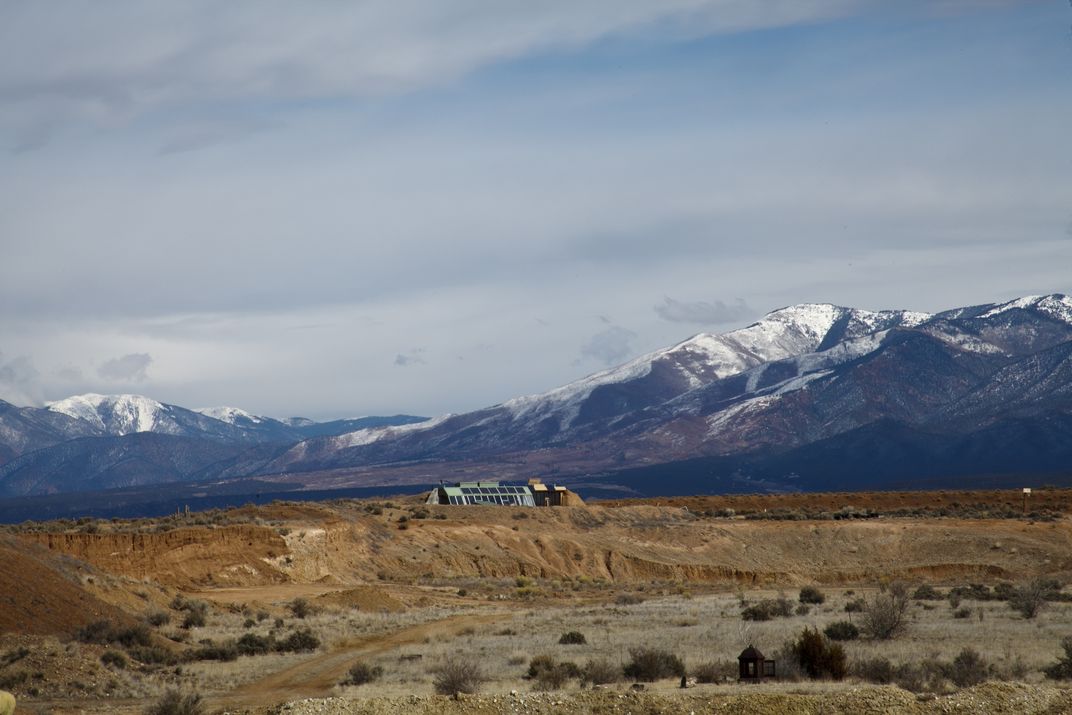
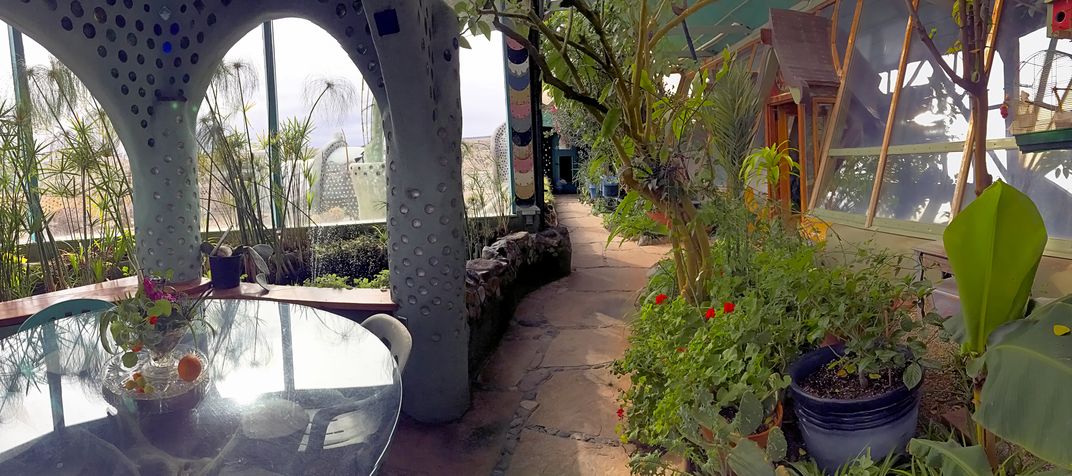
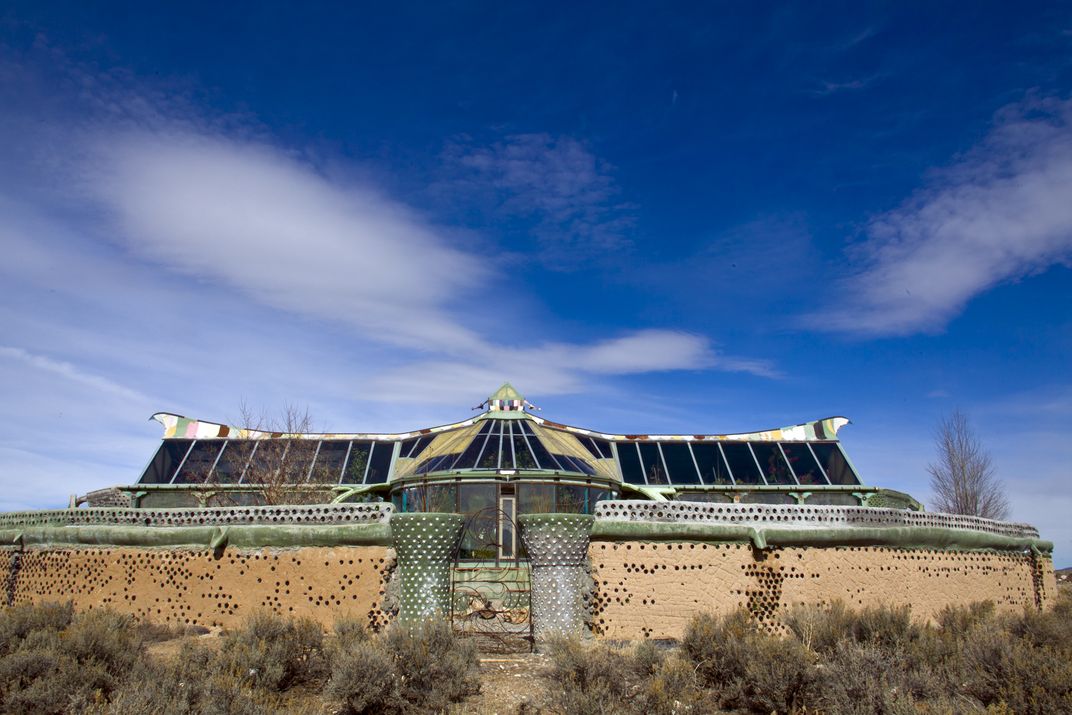
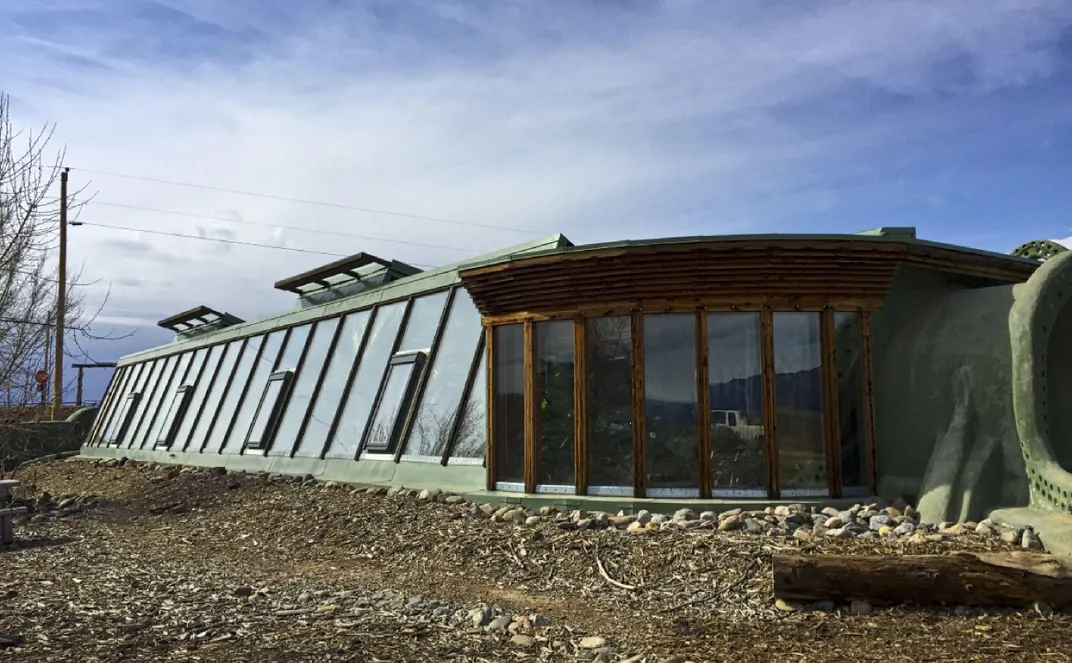
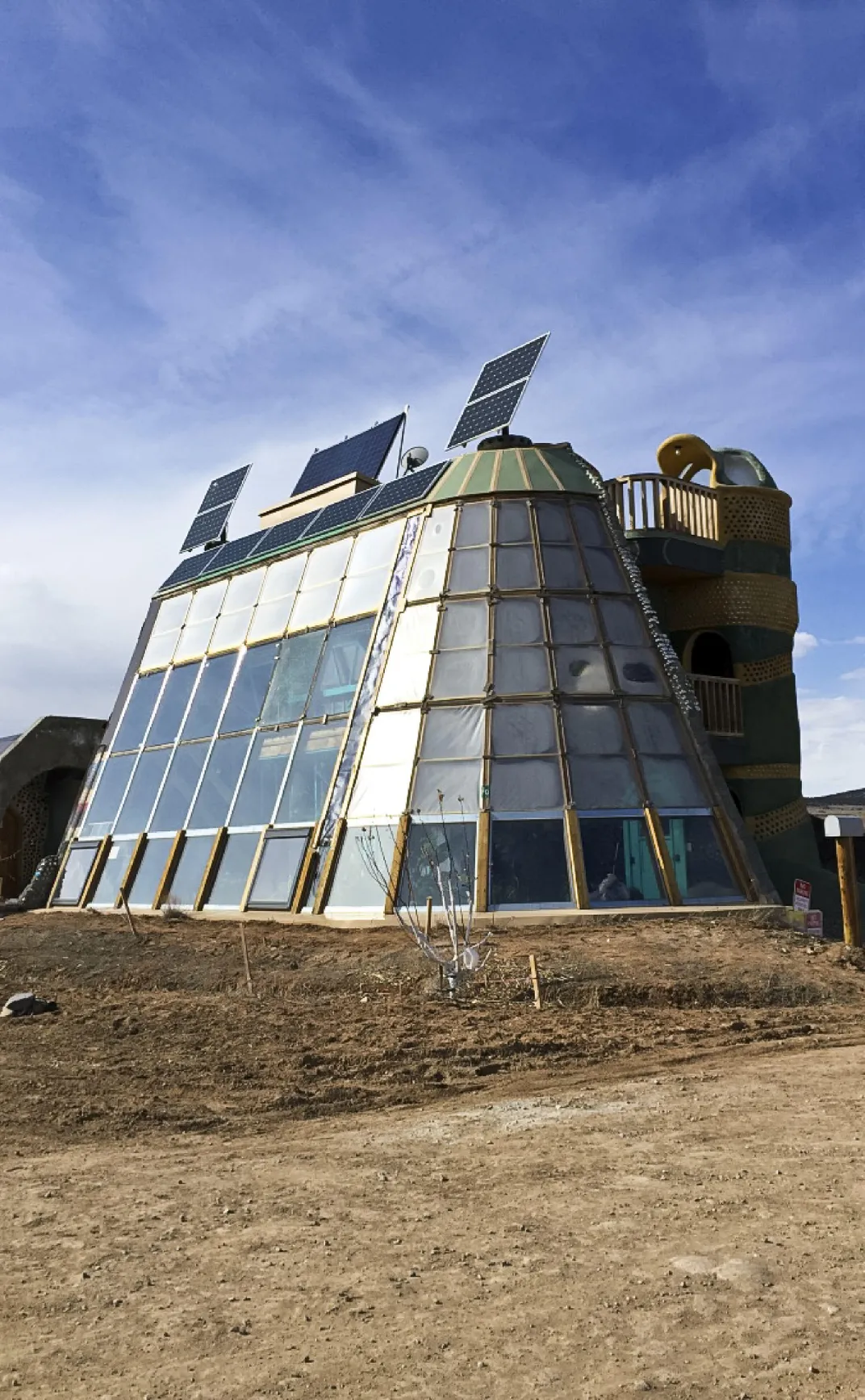
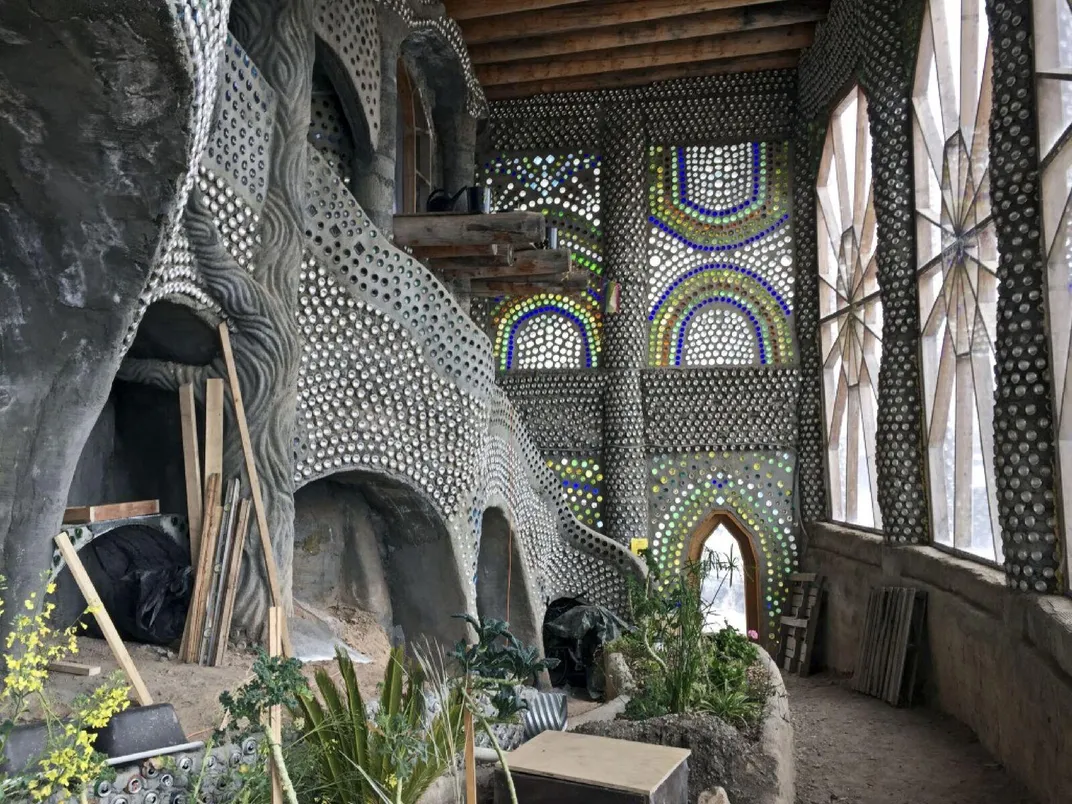
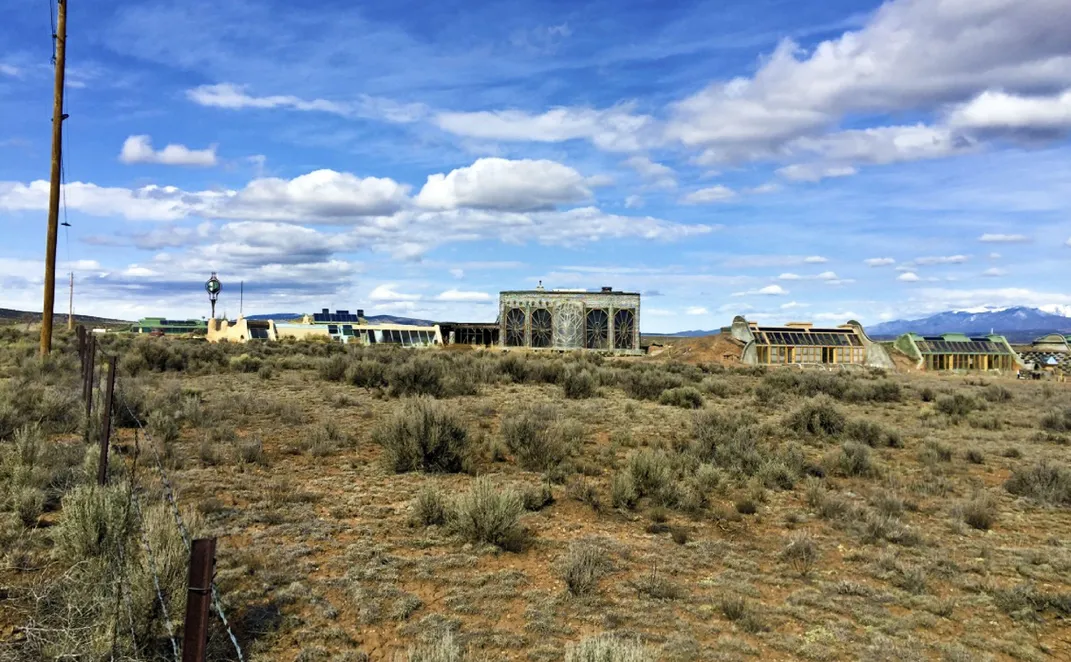
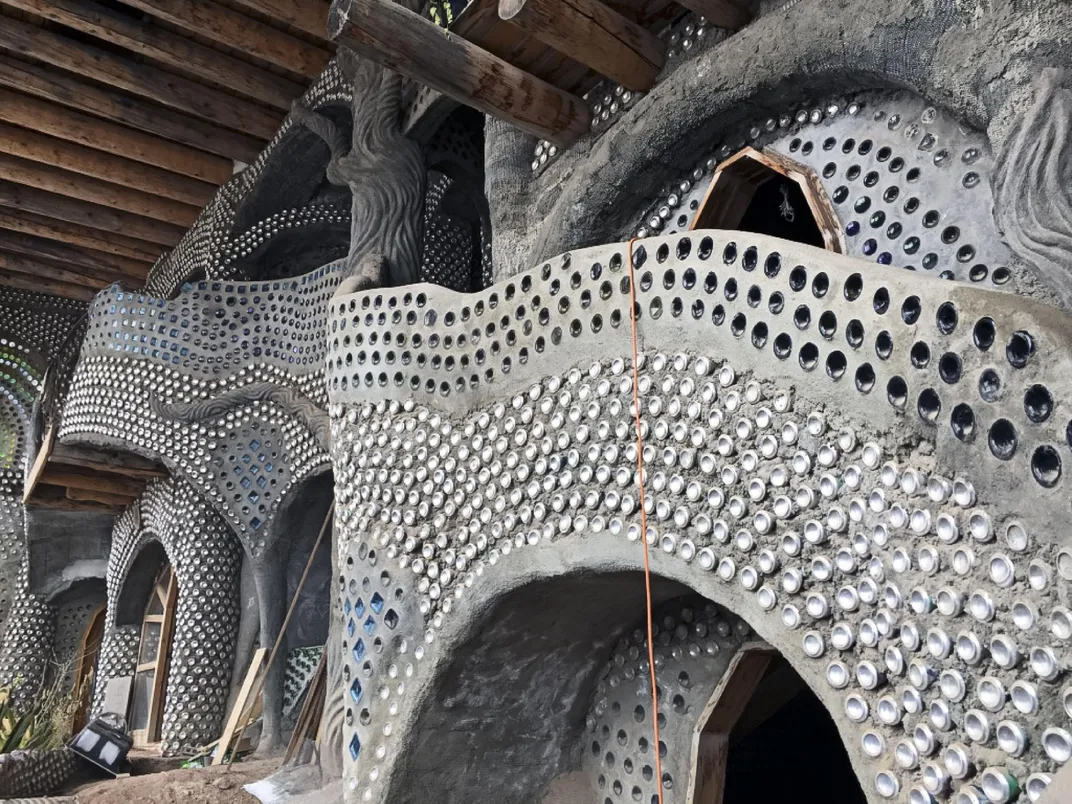
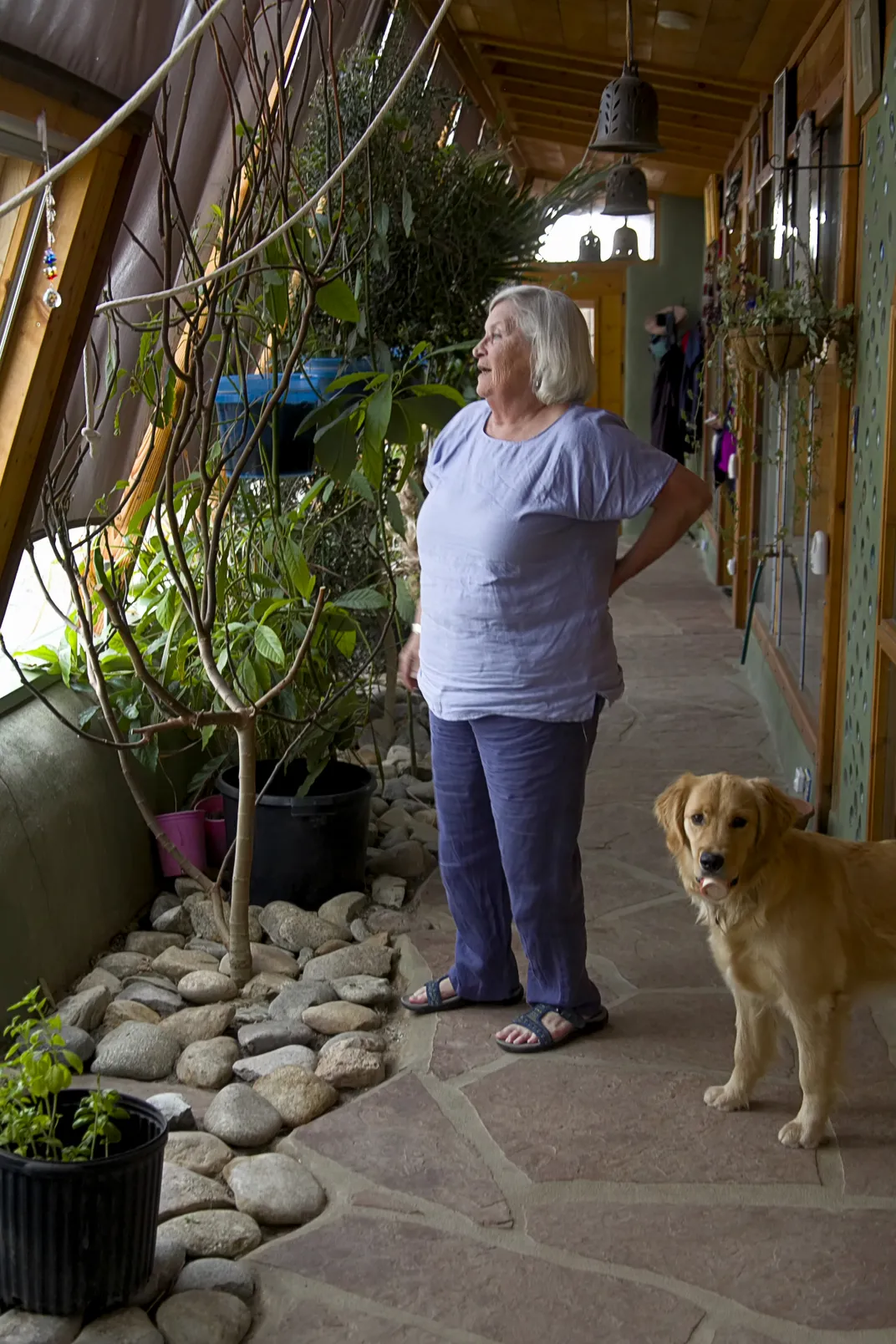
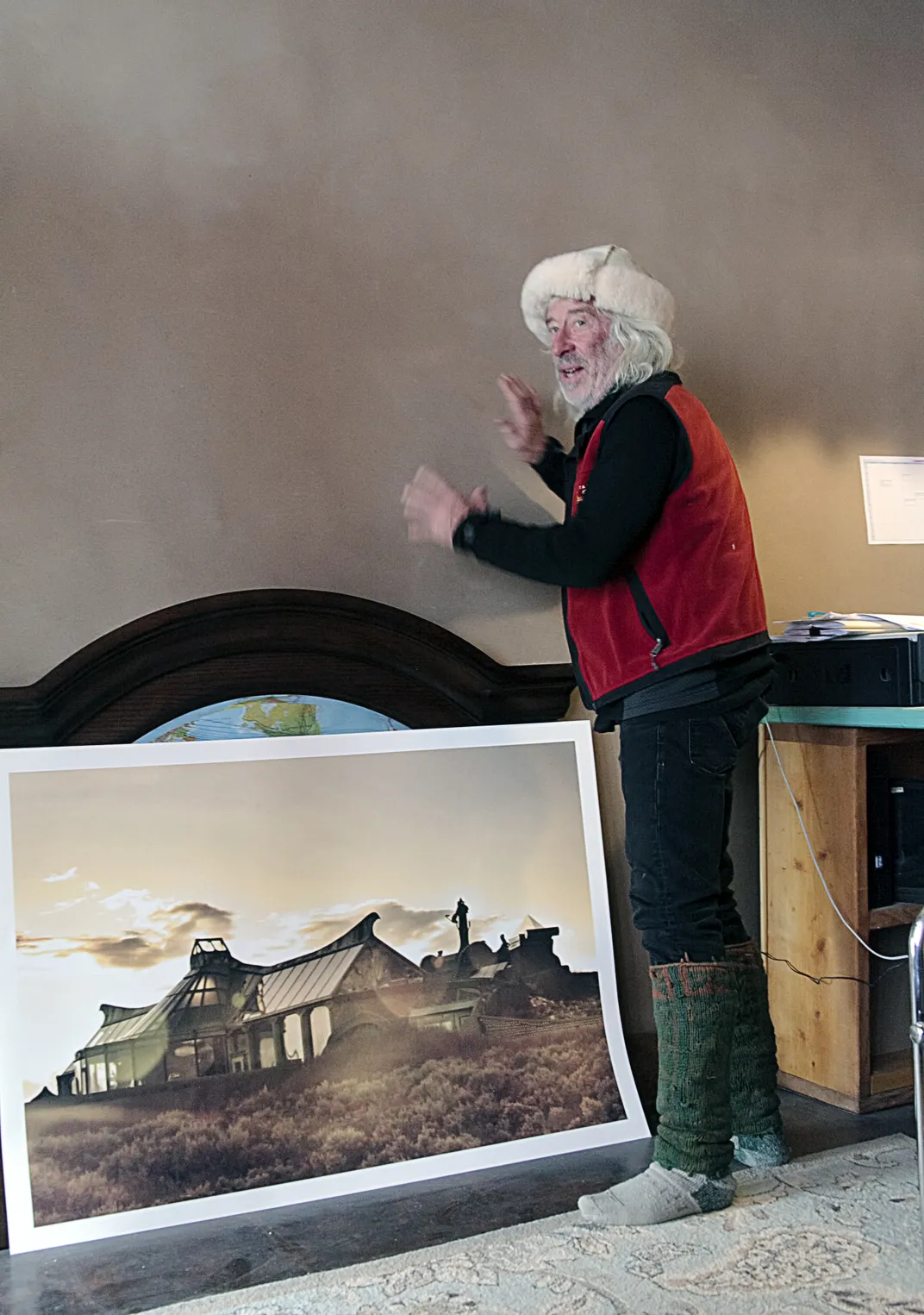
/https://tf-cmsv2-smithsonianmag-media.s3.amazonaws.com/accounts/headshot/Paul_Ross.jpeg)